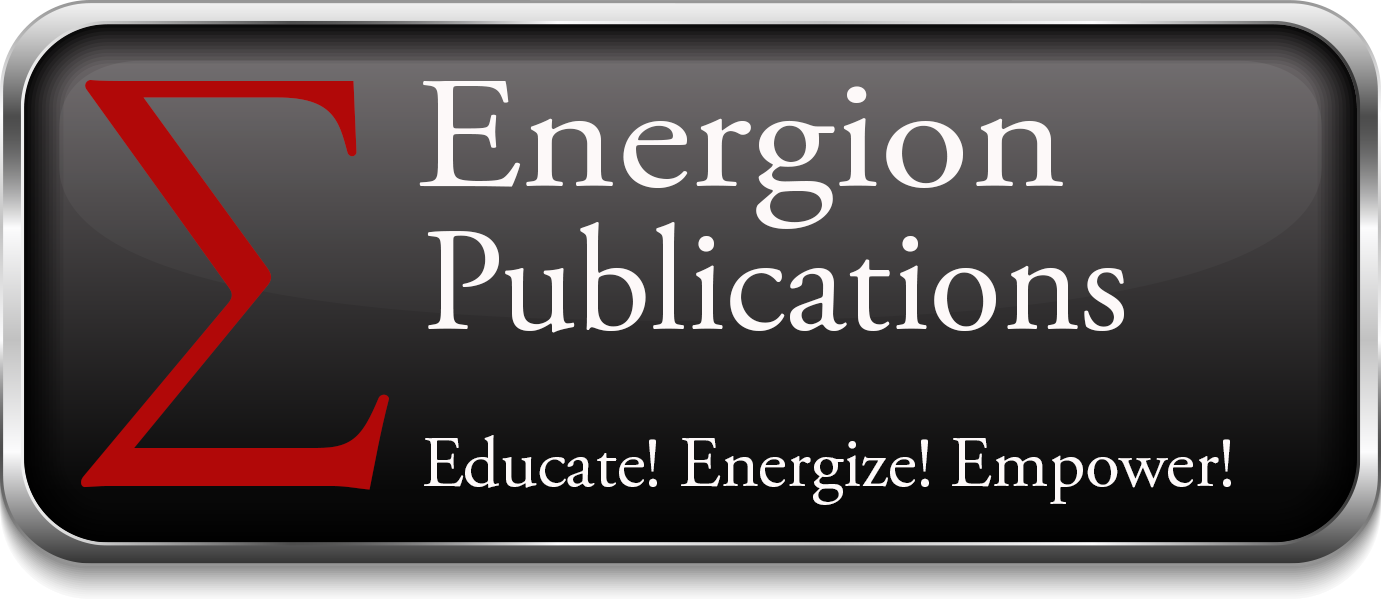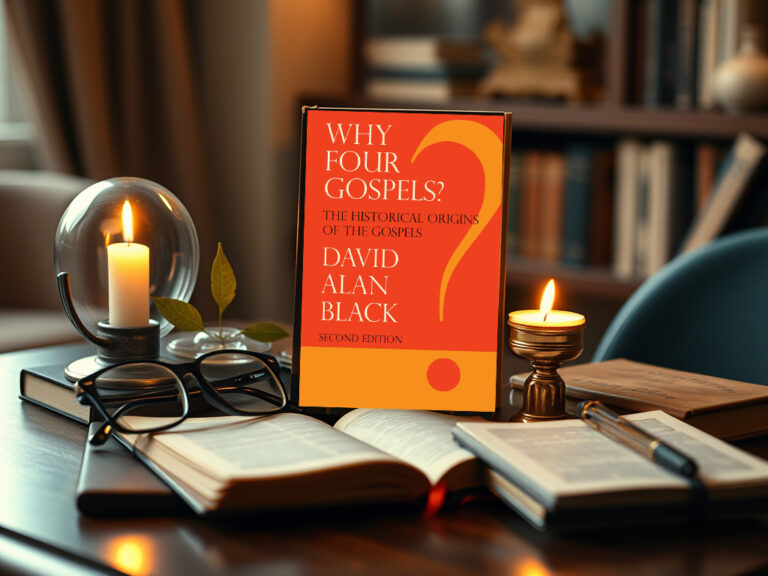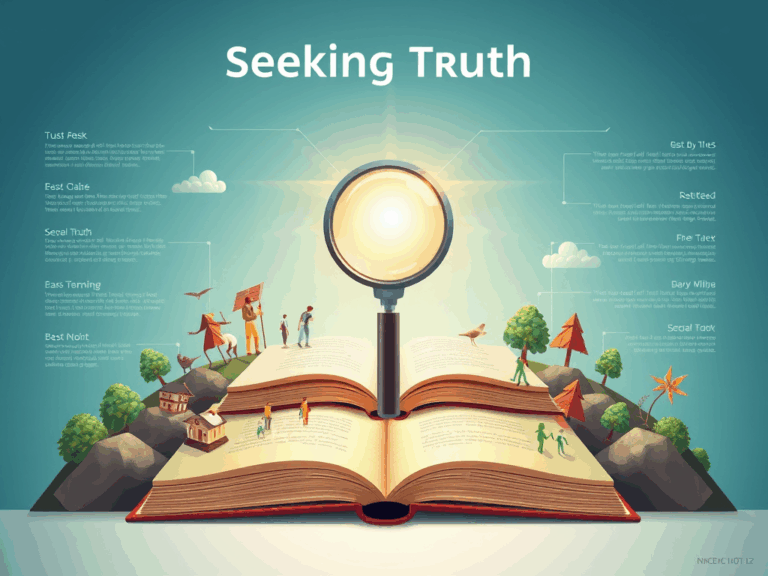Whole-Self Spirituality: Nine Lenses for Restoring Soul
by Kent Ira Groff
Bless the Lord, O my self,* and all that is within me,
bless God’s holy name (Psalm103:1). *nefesh Hebrew soul
 What do folks mean when they talk about soul? It seems so nebulous. Spirituality often gets a bum rap for seeming disconnected from the stuff of life. “Soul”—nefesh in Hebrew) involves the whole self. And the Hebrew Shema is a call to live and love awake to self and others with all our senses: “Hear, O Israel….You shall love the Lord your God with all your heart, and the all your soul, and with all your mind, and with all your strength,” quotes Rabbi Jesus from the Torah (Matthew 22:37). Shema means listen, wake up, pay attention, contemplate. It’s a call to holistic spirituality: I call it “whole self prayer.”
What do folks mean when they talk about soul? It seems so nebulous. Spirituality often gets a bum rap for seeming disconnected from the stuff of life. “Soul”—nefesh in Hebrew) involves the whole self. And the Hebrew Shema is a call to live and love awake to self and others with all our senses: “Hear, O Israel….You shall love the Lord your God with all your heart, and the all your soul, and with all your mind, and with all your strength,” quotes Rabbi Jesus from the Torah (Matthew 22:37). Shema means listen, wake up, pay attention, contemplate. It’s a call to holistic spirituality: I call it “whole self prayer.”
When a person meeting for spiritual companioning tells me of a painful experience, I often ask, “How are you praying that hurt—how do you offer that to God?” Mostly I hear back: “I’m praying that he or she will… or that I can…”—mental or verbal prayer. Then I ask,
“What other ways can you offer or release that experience?”
The Multiple Intelligences approach to learning, pioneered and developed by Harvard educator Howard Gardner over three decades, offers practical, creative frames for practicing shema with my whole self.[i] Particular modes are highly developed in a person, yet everyone has some aptitude in each. These nine can reframe any profane or profound experience as an occasion for soulful awakening.
Here I offer a playful, prayerful perspective on these nine ways of tending the soul’s gifts and struggles, always with an eye to a sense of invitation.
- Linguistic/verbal: Prayer articulates the soul’s yearnings by playing with words in sacred texts with stories and poetry. The spiritual seeker needs relationships to listen and learn the language of love.
- Logical/mathematical: Technological tools connect kindred spirits via the Internet; theological ideas make sense of crazy experiences. The Bible and Jewish kabalistic spirituality play with sacred numbers, like seven to signify wholeness.
- Spatial/visual: Our souls resound with awe in temples and cathedrals, with intimacy in house churches; play and pray by exploring geography, cultural exchanges, holy places, a labyrinth—and inner space of imagination (like Narnia).
- Musical/rhythmic: “One who sings prays twice,” said Augustine. Play with drum, chant, strings or poetry’s beat echoing the soul’s sorrow and joys; jazz makes the blues beautiful; African American spirituals unite personal and political struggles.
- Kinesthetic/bodily: The Spirit inhabits our breathing from our borning cry to our wordless sighs; gestures, used to direct players in a symphony or a ball game, can express the soul’s prayers in bowing, kneeling, dancing, or walking a labyrinth.
- Interpersonal: Extroverts tend to encounter the Sacred in community, introverts in small groups or one-to-one; both experience the Holy in playful and genuine relationships, as a surprise line of a conversation can be a prayer or an epiphany.
- Intrapersonal: Prayerful playful reflection thrive in solitude, sorely neglected in technological society; silence nurtures an introvert’s joy and preserves an extrovert’s sanity; journaling dream associations unlocks prayers.
- Naturalist: Our primal yearnings resonate with natural environments, playfully and prayerfully responding to the Sacred in awe and beauty, in patterns of devastation and renewal in nature, human nature, and nations.
- Existentialist: Honest to God prayer can play and pray with the “why” questions of an Einstein, a three-year-old, or a philosopher: Why are we here? What’s it all about? How shall we then live?
How can these nine integrate our primal knowing with our modern knowledge? Some ask, where are the spiritual and emotional intelligences?
The ancient Greek Archimedes sprang naked out of his bath when a new scientific truth struck him, shouting, Eureka! Eureka!—“I’ve found it! I’ve found it!” Singer-songwriter John Denver sang about nature’s “Rocky Mountain High.” French mathematician and philosopher Blaise Pascal encountered the mystic Christ via his mathematical calculations. Brother Lawrence was converted by seeing a barren tree in winter. Psalms are full of naturalist wonders and kinesthetic spiritual gestures: walking, climbing, bowing, kneeling, clapping and lifting hands. And the existentialist questions of your life create the seedbed for the Spirit.
These nine lenses create a practical, observable template to renew holistic spirituality in language, reason, imagination, body, music, relationships, solitude, nature, and questions.
An invitation: Notice one of two of the nine modes that are least present in your prayer life. Challenge yourself to choose a couple that stretch your normal pattern. For example, if most of your prayers are verbal, you might ask how you might develop intrapersonal practices (silence, centering prayer) or kinesthetic practices (gestures such as kneeling, stretching, dancing; tensing and releasing hands). Group context: invite group members to share one-to-one, then as a whole group.
[slideshow_deploy id=’2829′]
Kent Ira Groff, a spiritual companion for other journeyers, a retreat leader and author of ten books, calls himself “one beggar showing other beggars where to find bread.” Portions are adapted from Kent’s book Honest to God Prayer (SkyLight Paths) and Clergy Table Talk (Energion). Founding mentor of Oasis Ministries in Pennsylvania, he now lives in Denver, Colorado. See www.LinkYourSpirituality.com Email: kentiragroff@comcmast.net
[i] Howard Gardner, Multiple Intelligences: New Horizons (NY: Basic Books, 2006); http://www.pbs.org/wnet/gperf/education/ed_mi_overview.html






Heath, thank you for sharing Kent’s synopsis on the Multiple Intelligences as it applies to our spirituality. (I have always applied to public education! WOW!) The entire writing gives me peace as I contemplate my own strengths and weaknesses in learning modalities. My strongest modality is spatial/visual…I love being in churches, temples, cathedrals, house churches…I love multi-cultural experiences and travel…..had never given any thought to why these places put me so close to God. I’m still reading over the list and trying to decide on my weakest area, probably linguistic/verbal. I like to write but do this through an introverted personality. Thank you for sharing; my eyes are open to a new way of looking at spirituality.
To Doris, Heath, and especially Kent (the author of the above post), a bug in our system placed Heath’s slideshow at the bottom of the post where Kent’s should have been. Henry fixed it. We apologize for the confusion.